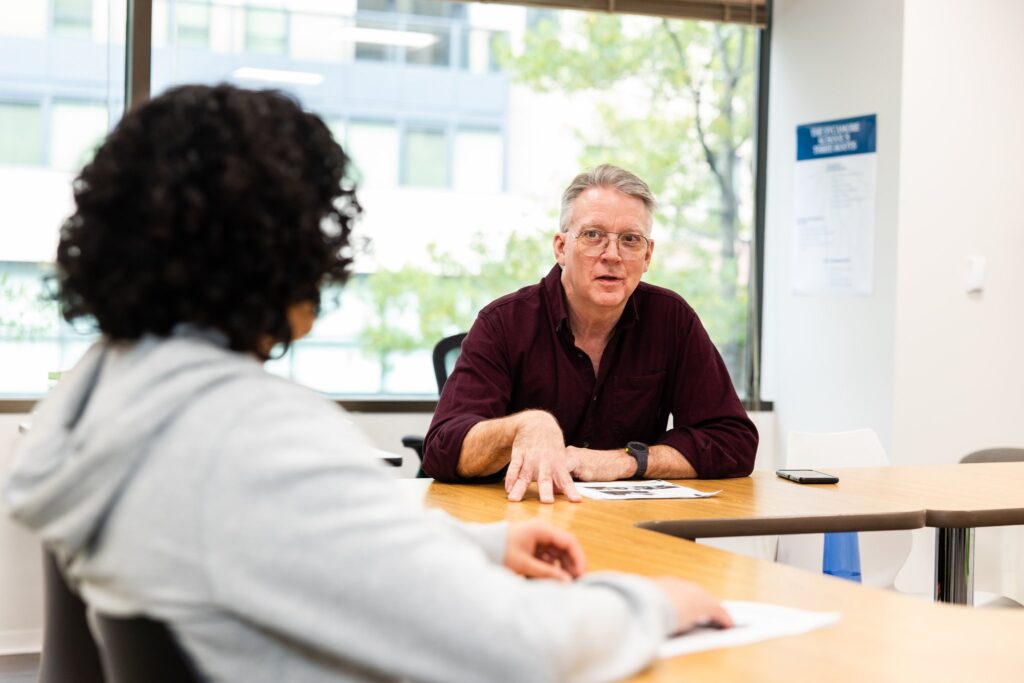Why Foreign Language Classes Fail
By Dale Baker | Humanities Teacher

Most foreign language instruction in US high schools doesn’t produce capable foreign language speakers. But it could.
Only eleven states even require high schoolers to fulfill a foreign language requirement. Just 20% of all US high school students take foreign language classes. In contrast, most EU students typically study their home language, English, and one other language from a neighboring country starting in elementary school, NOT 9th grade (roughly two-thirds become multilingual). In Asia, Latin America, and Africa, speaking two or more languages is the norm.
After two years, we would expect US students to speak and understand the target language at a modest level, at least well enough to cope with basic situations in that country and understand much of what they see or read. What do we really achieve? Roughly 50 million current US high school graduates had some foreign language instruction. Of those, only ten million, or 20%, now claim to have ANY ability to communicate in the language they studied. Just a few million say they can speak the language reasonably well. More than 90% cannot.
Foreign language instruction techniques and materials haven’t changed much in the last 50 years despite the Internet. Textbooks often have 30+ lessons to cover in a school year of 37-38 weeks. Each lesson has a new set of vocabulary introduced through a dialogue and a key grammar point or two that students review in exercises. Once they pass the quiz for that unit, the textbook writers assume that students learned and RETAINED what they covered, adding to their second language foundation.
Except most students don’t really learn. They know how to study for a test, pass it, then “brain dump” most of that info while they study for the next quiz. Hardly anyone ever SPEAKS the language in a realistic, conversational way. Students may learn something ABOUT that particular language unit, but do they actually gain the ability to use and remember what they studied? They pass the quiz and move on. They never take charge of their own language learning, and they never practice or use that language outside a few classroom hours each week.
How does Sycamore teach languages differently? Practice, practice, practice.
As a small school, we can take time to work with each student in depth on speaking and pronunciation. We don’t blow through a unit per week just to say that we did. Students repeat words and phrases until they get them right, dozens of times per class instead of just a few. Past material is brought up again and again (dates, days, numbers, colors, idioms, etc.) and built into current exercises.
We also bring the language to life in and out of the classroom with videos, readings, and TV shows from the target country to immerse students in a “real” environment, not just Exercise 4 on page 67. We go to local restaurants where students can order in Spanish or ASL and visit museums with great French paintings. This spring, TSS sent its first school trip to Paris where French language students and others learned firsthand what French life, food, history, culture, and language are all about.
Working with neurodivergent language learners presents special challenges. Second language ability basically boils down to hearing foreign words and sounds, mimicking them as you speak, and applying the grammar and vocabulary from that language. Students with difficulty focusing, retaining, or just absorbing new material can struggle. They also face obstacles carrying on a real-time conversation if they lack full processing speed to come up with something to say then express it correctly in the target language. Neurotypical speakers take all that for granted. Repetition is more vital than ever for students with ADHD, ASD, anxiety, and processing issues.
That all sounds like hard work, I hear you thinking. Why even bother when AI will supposedly make learning foreign languages obsolete? Several reasons. First, nothing matches getting off a plane in a foreign country and instantly picking up the conversations and culture around you, feeling like you belong and are not an alien from another world. Second, foreign language learning has many proven benefits for brain development (enhancing cognitive functions, increasing brain plasticity, and improving executive functions like attention and memory). Finally, speaking a foreign language is like playing an instrument – you learn to apply a new skill and enrich your life. Why does anyone learn to play the violin? Because it’s easy?
If your student is studying a foreign language, do all you can to support them. Make the language come alive at home – speak what you remember learning, watch TV shows in that language as a family, talk about foreign cultures, find that cuisine in local restaurants, etc.
Most American students don’t get that support, and most fail as language learners. Your foreign language learner can be different.

Posted in:
